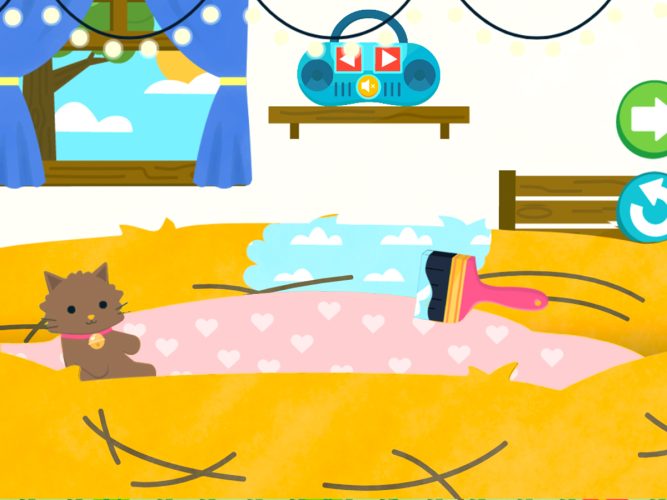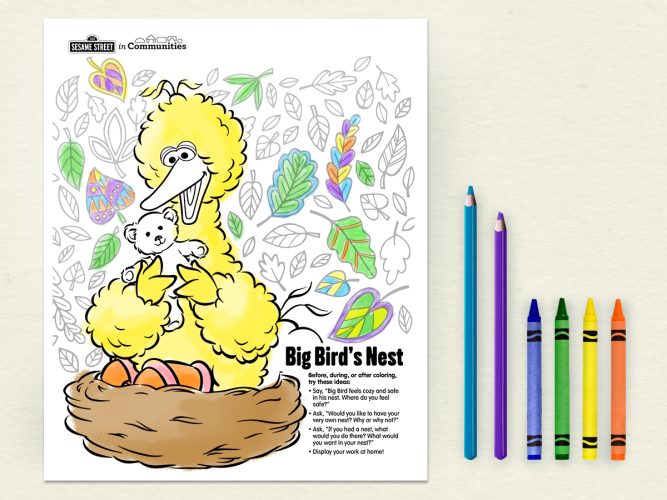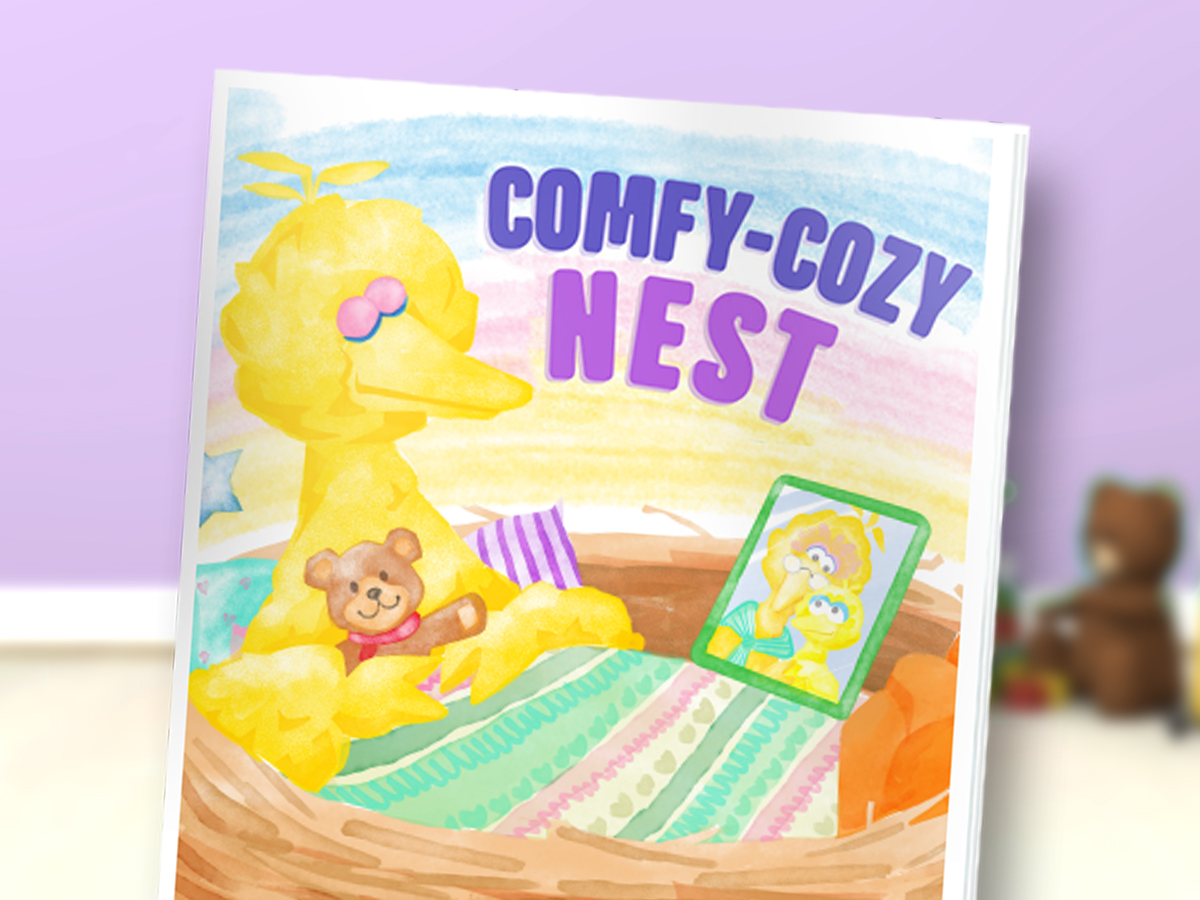
Sesame Strong, Session 7: Helping Hands
Explore and practice comfort strategies.
Welcome to Session 7. This week is all about the importance of offering comfort. You’ll learn strategies to share with parents and explore resources they can use to practice. This mini-session will help you remind caregivers that there are simple things they can do to help kids feel safe and secure.
Download this week’s overview and the caregiver take-home packet.
Remember: As with all Sesame Strong bundles, you can share the messages, strategies, and resources with caregivers in many ways (not just in a workshop setting). Keep it simple, and do what works for you!
1. Gather & Share
Gather & Share
- Consider beginning your parent mini-workshop with a mindfulness moment.
- Check in. How did the Sesame Strong activities go last session? What was your favorite resource? Any challenges? Questions?
- Introduce this session’s Big Idea (the “why”): Comfort from a caring grown-up can help children feel calm and protected.
- Then, share this session’s Strategy Spotlight (the “how”): Talk with grown-ups.
Explain that when children face challenges or have big feelings, talking with a grown-up can really help. Kids might not always want to talk, or have the right words, but we can make space and provide opportunities to have conversations. And we can offer comfort in simple, everyday ways. The resources we’ll explore today can help.
This week’s caregiver resources support our theme by providing opportunities to explore, read, and play together. The next sections outline how you might review these resources with parents, and how they can use them at home with their children.
2. Me Time
Me Time
Let parents know that during tough times, grown-ups can help create a calm, familiar environment and build children’s sense of security.
Distribute the Comfort Strategies article, and ask parents to underline tips or points they’d like to remember.
Then discuss as a group, asking parents to share about their own home environments. What helps you feel calm? What is your daily routine like? Have you noticed your child gravitating toward a specific spot in your home? Do they have a comfort item?
3. Explore Together
Explore Together
Remind parents that comfort and love can help children through everyday ups and downs as well as bigger life events. Encourage families to watch these two videos together to learn and practice calm-down and comfort strategies.
Invite parents to watch the Offering Comfort video with their children and use Elmo’s story to reassure their child of their love and help—no matter what. Then they can show it with a hug!
Invite parents to watch the Comfy Cozy Nest video with their children and talk about it. They might ask children, “What big feelings is Big Bird having? Do you have those feelings sometimes? Let’s imagine a “safe place” to help you feel calm when you’re upset—just like Big Bird does!
4. Read Together
Read Together
Imagining a safe space inside can help calm big feelings. When children learn to imagine their own “safe places,” they have a powerful coping strategy to use whenever they need it. Encourage parents to cuddle up and read the story together with children. Ask, “What would you imagine in your own safe place?”
5. Play Together
Play Together
Invite families to interact with Big Bird’s nest! By “helping” Big Bird practice an important coping strategy, children can explore and rehearse it themselves. Encourage parents to play this together when their child needs calming down, or anytime. Parents might ask, “What were some of the things you helped Big Bird do?”
Along with sharing and expressing emotions, quiet activities like coloring can help reduce stress for children and grown-ups. Distribute the coloring page, and invite parents to sit quietly with their kids at home and color.

Play Comfy-Cozy Nest
By helping Big Bird practice an important coping strategy, kids can explore and rehearse it themselves.

Color Big Bird’s Nest
The smallest, simplest things—like coloring together—provide the best opportunities for quiet bonding, conversation, relaxation, collaboration, and praise.
6. Friendly Reminders & Notes for Next Time
Friendly Reminders & Notes for Next Time
Remind
- Questions are always welcome. Share with parents the best way to contact you with questions.
- Review the date and time for next session’s mini-workshop.
- Thank parents for their partnership and participation.
Reflect
- What went well?
- What could I do differently for the next session?
- Who might I ask for help?

